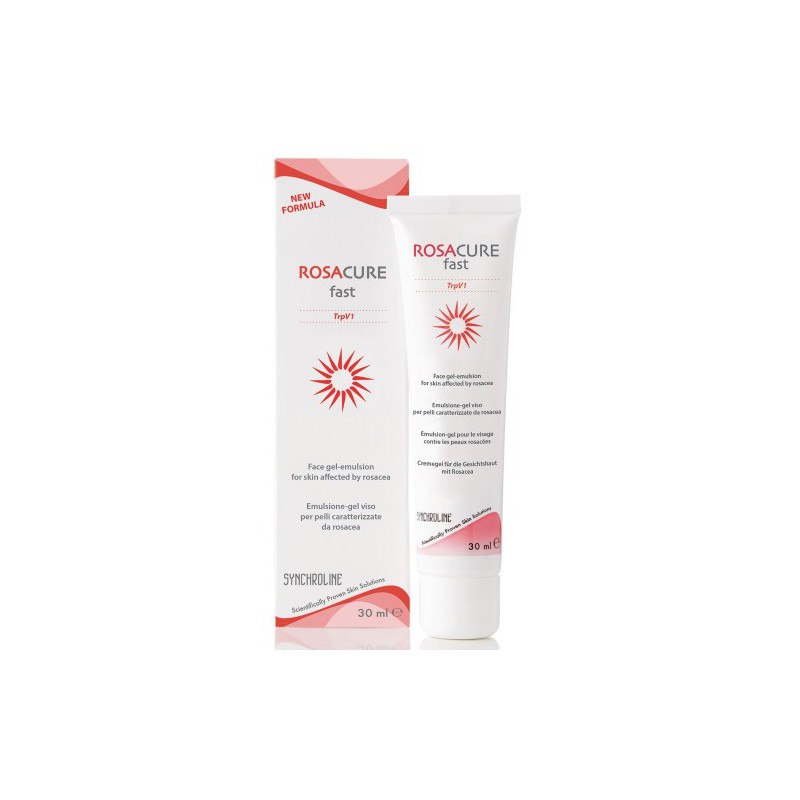
Using Kodak PDH film and Kodak Lanex fast screens will decrease the workload on the tube by approximately one-half (compared to the 600 speed system) and will similarly reduce the patient's exposure time by one-half, thus reducing the possibility of patient motion. This 1200 speed screen/film combination may also be used to your advantage when performing a lateral lumbar spine radiograph of very large muscular or obese patients. The increased speed also means that you can obtain a quality radiograph for even the largest patients. The much shorter exposure times can eliminate most motion problems. This ultra-high speed, high-contrast film, when combined with Kodak Lanex fast screens, requires approximately one-half the exposure of the 600 speed system and one-third the exposure of a 400 speed system. For dynamic spine images (lateral bending or flexion/extension), we suggest Kodak PDH film and Kodak Lanex fast screens (1200 speed system). The film's contrast allows excellent radiographic visualization of bone detail as well as soft tissue structures.

We recommend Kodak Lanex fast screens and Kodak PDG film (600 speed system) for initial investigations of any body part. The Kodak PDG film and Kodak Lanex fast screens combination (600 speed) has nearly the resolution of the 400 speed system, but because of the increased speed, exposure times can be reduced by one-third, decreasing the patient exposure and the potential for motion a corresponding amount. 2 They can also tolerate exposure variations such as equipment variables or technique settings.Īlthough it is generally true that the faster the screen/film system, the greater the loss of detail, our experience shows very little loss of detail when converting from a 400 to a 600 speed system. The high-contrast, orthochromatic (primarily green light sensitive) films incorporate Kodak's T-Grain emulsion technology for improved image sharpness.
#Fast emulsion film professional
New high-speed screen/film systems such as the Kodak professional diagnostic imaging films, PDG and PDH, with Kodak Lanex fast screens yield system speeds of 6, respectively, and can help achieve these goals.

The goal of every practitioner should be to simultaneously decrease ESE levels and improve quality by reducing patient motion. Even with the 400 speed rare earth screen/film systems frequently used today, it's not uncommon for chiropractors to repeat up to 30 percent of their exposures because motion degraded the image. Motion becomes even more problematic when patients are radiographed in dynamic positions. The use of foam positioning aids will substantially reduce the potential for patient motion. Motion is a particular problem for chiropractors, because radiographs are taken with the patient in a standing position to evaluate posture as well as pathology. Film processing problems also can affect radiograph quality. Poor radiographic quality often stems from patient motion while the x-ray exposure is being made. Even in what may appear to be just a case of scoliosis, a good radiograph can confirm that some other pathology, such as a fracture, may exist in addition to the scoliotic deformity. A missed diagnosis on radiographs is one of the reasons chiropractors are sued for malpractice. Improving radiographic quality helps ensure more accurate diagnoses.
#Fast emulsion film skin
1 Decreasing entrance skin exposure (ESE) is mandatory because states are adopting radiation reduction regulations which are often stricter than those imposed by the federal government.

Yochum is the director of the Rocky Mountain Chiropractic Radiological Center, adjunct professor of radiology at the Los Angeles College of Chiropractic, and an instructor, skeletal radiology, University of Colorado School of Medicine.Ĭhiropractors and other health care professionals who use ionizing radiation for diagnostic imaging are under mounting pressure to decrease patient dosage and simultaneously improving radiographic quality. Louis Roentgen Associates and assistant professor, Clinical Science Division, Logan College of Chiropractic.


 0 kommentar(er)
0 kommentar(er)
